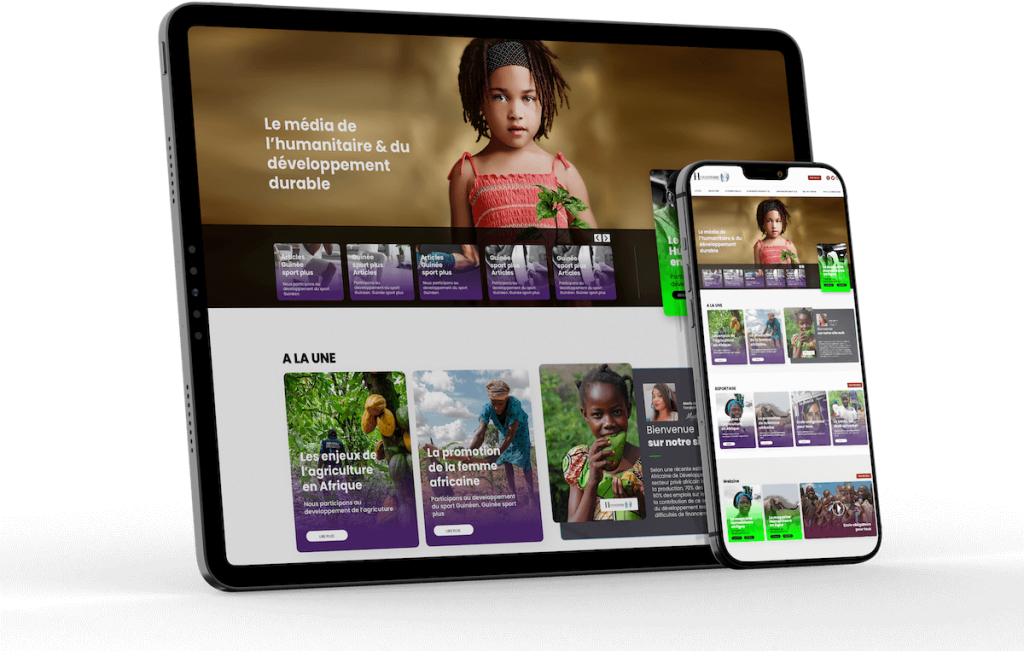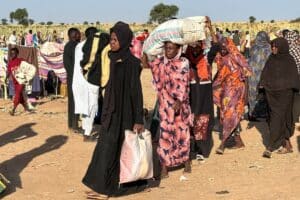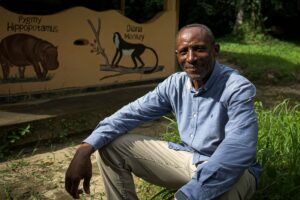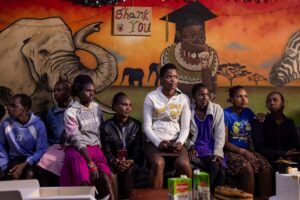Wednesday, June 13, 2024
Palliative mechanisms
The fact that women and girls often suffer violent attacks, sexual assaults and rape when they go to collect wood in the park, has not put a stop to these incursions because their daily survival is at stake.
Aware of this situation, ICCN has set up several mechanisms to involve the population in the protection of the Virungas National Park. It is essential to protect this park, which is part of UNESCO’s World Heritage List. However, we cannot ignore the situation of the populations in distress in the surrounding area, who will always put their survival before that of biodiversity. ICCN is therefore conducting awareness-raising campaigns aimed at local populations, to help them understand what is at stake.
It should be noted that the park is also part of the Congo Basin forest, which is the planet’s second largest lung after the Amazon forest in South America.
In the North Kivu region and at national level, several non-governmental organizations are also involved in awareness-raising campaigns on responsible eco-citizenship. In particular, they are focusing on awareness-raising activities for sanitation and the reduction of the heavy presence of plastic bottles in various towns.
Young Congolese are proposing sustainable solutions to reduce greenhouse gas emissions, such as the manufacture of ecological charcoal to discourage cooking with firewood, and the manufacture of improved fireplaces using biogas. These are salutary initiatives, but they are hampered by a lack of funding.
Some special species in Virunga National Park
Among the emblematic animals that make this park so special are the mountain gorillas (Gorilla beringei beringei). A third of the world’s population of this species, some 350 individuals, live in the Virunga National Park. They live in groups and adapt well to a savannah and mountain environment.
The park is also home to okapi (Okapi johnstoni), red duiker (Cephalophus rubidus), antelopes, African hippos, elephants, lions, chimpanzees and many others. In addition to its wealth of wildlife, the park also boasts an abundant diversity of flora. The panoramic mountain ranges that line the park are a source of attraction for tourists from all over the world, who used to visit the park before the war. Today, the tourism sector is suffering. As a result of the war, the province of North Kivu is currently classified as a “red zone”, which prevents tourists from visiting the park from this province.
All tourist sites in Virunga Park have been closed, according to the tourism office of the Institut Congolais pour la Conservation de la Nature (ICCN). This represents not only a loss of earnings for the Congolese government, but also for the park’s local population, who used to benefit from this windfall in terms of housing, transport and even trade. The same source adds that only the tourist site on the island of Tchegera in Lake Kivu, west of the city of Goma, receives foreign and national visitors from time to time. During 2019, 1,817 visitors came to see the volcanoes and 1,285 visited the Virunga National Park. By 2021, when the area already presented security risks, the number had dropped to 256 and 179 visits.
Meschac Tsongo for humaniterre.net





